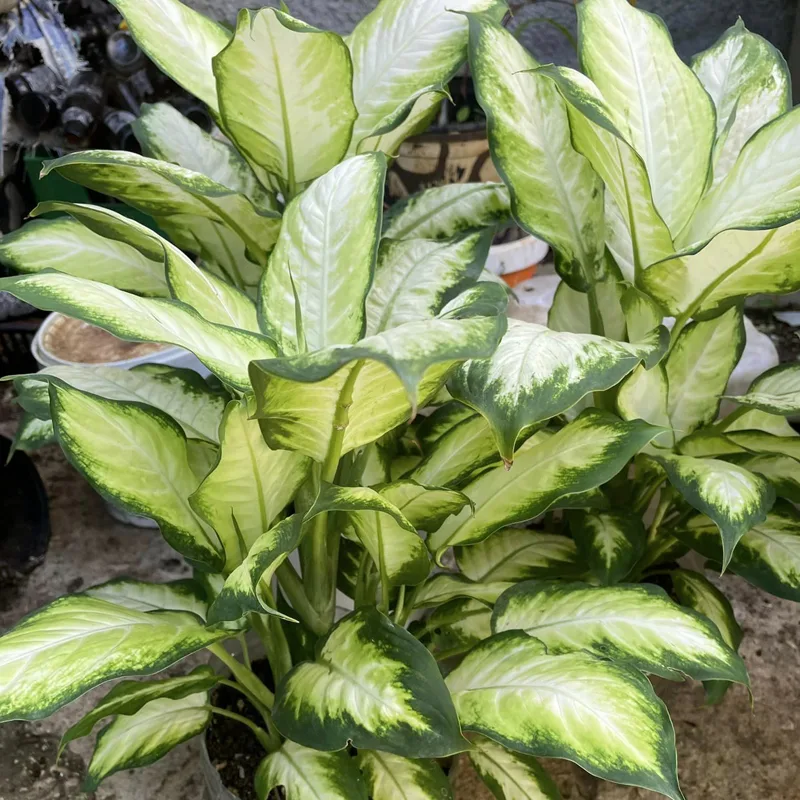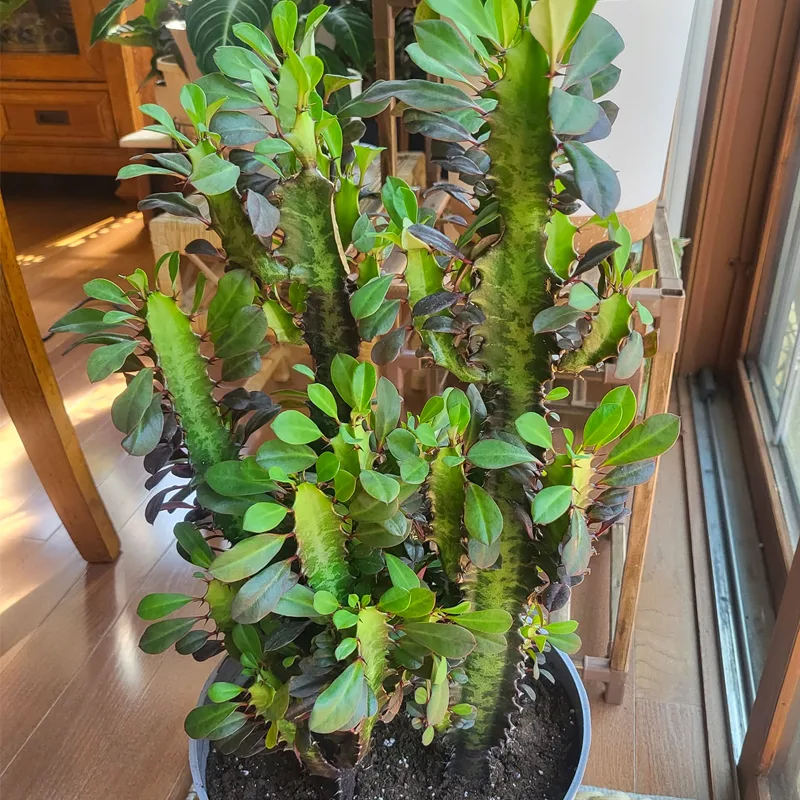Frequently Asked Questions About Avicennia Germinans
Avicennia Germinans, also known as Black Mangrove, belong to the Acanthaceae family, is a fascinating plant native to tropical and subtropical regions. It’s particularly well-known for its adaptability to saltwater environments and its role in coastal ecosystems. Here, I’ll answer some common questions about this unique plant based on my personal experience and research.
What is Avicennia Germinans?
Avicennia Germinans is a type of mangrove tree or shrub that thrives in saline coastal environments. It is recognized for its specialized adaptations, such as pneumatophores—unique root structures that allow it to breathe in oxygen-poor, waterlogged soils. These roots are visible above the soil and can sometimes resemble small spiky structures. The plant plays a crucial role in stabilizing coastlines and providing habitat for various wildlife.
Plant Family: 277 Genera in Acanthaceae – The Acanthus Family
How Long Does Avicennia Germinans Take to Flower?
In my experience, Avicennia Germinans typically starts flowering when it reaches maturity, which can take several years. The flowering process usually begins around 4 to 6 years after planting, depending on the growing conditions and environment. The plant produces small, white to yellowish flowers that are not very showy but are vital for its reproduction.
How to Care for Avicennia Germinans?
Caring for Avicennia Germinans requires attention to several key factors:
- Soil: It thrives in sandy, saline, or muddy soils that are waterlogged. Well-draining soil is crucial, but it can tolerate periodic flooding.
- Water: Regular watering is essential, especially in dry periods. However, it can tolerate brackish water and occasional saltwater exposure.
- Sunlight: Full sunlight is ideal for this plant. It prefers bright, direct light but can also adapt to partial shade.
- Temperature: It thrives in warm climates and cannot handle frost. Ideal temperatures are between 70°F and 90°F (21°C to 32°C).
- Pruning: Regular pruning helps maintain its shape and remove any dead or damaged branches. This also encourages healthy growth and flowering.
How to Propagate Avicennia Germinans?
Propagation of Avicennia Germinans can be done through several methods:
- Seeds: Collect seeds from mature fruits and sow them in a warm, moist seedbed. They generally germinate within a few weeks. Ensure the soil is kept moist and well-aerated.
- Cuttings: Taking cuttings from mature plants can also be effective. The cuttings should be placed in a moist, well-drained medium and kept in a warm environment until roots develop.
- Seedlings: Starting with seedlings from a nursery is another option. This method often results in faster growth compared to growing from seeds.
What to Plant With Avicennia Germinans?
Avicennia Germinans pairs well with other salt-tolerant and coastal plants. Some good companions include:
- Other Mangroves: Such as Rhizophora Mangle (Red Mangrove) or Laguncularia Racemosa (White Mangrove).
- Coastal Grasses: Like Spartina Alterniflora (Smooth Cordgrass) or Cyperus Alternifolius (Umbrella Sedge).
- Salt-tolerant Shrubs: Such as Suaeda Maritima (Seepweed) or Atriplex Barba-Jovis (Barbary Fig).
Can You Grow Avicennia Germinans Indoors?
Growing Avicennia Germinans indoors can be challenging. It requires a lot of light, space for its aerial roots, and high humidity to mimic its natural habitat. While it’s not impossible, it’s generally better suited to outdoor environments where it can fully exhibit its natural adaptations.
Is Avicennia Germinans Toxic?
Avicennia Germinans is not known to be toxic to humans or animals. However, as with many plants, it’s always best to avoid ingesting any parts and to keep pets from chewing on it.
Benefits of Avicennia Germinans
Avicennia Germinans offers several environmental benefits:
- Coastal Protection: Its extensive root system helps prevent coastal erosion and protects shorelines from storm surges.
- Habitat: Provides a crucial habitat for various marine and bird species.
- Water Filtration: Helps filter pollutants from water, improving coastal water quality.
Common Problems with Avicennia Germinans
Some common issues you might encounter include:
- Pests: Like many coastal plants, it can be susceptible to pests such as insects or fungal infections.
- Salt Stress: While it tolerates saltwater, excessive salinity can still impact its health.
- Root Rot: Poor drainage can lead to root rot, so ensuring proper soil conditions is essential.
How Does Avicennia Germinans Compare with Other Mangroves?
When comparing Avicennia Germinans with other mangroves like Rhizophora Mangle and Laguncularia Racemosa, each has its unique characteristics:
- Rhizophora Mangle: Known for its red prop roots and higher tolerance to waterlogging.
- Laguncularia Racemosa: Features white flowers and is better suited to slightly drier conditions compared to Avicennia Germinans.
In conclusion, Avicennia Germinans is a remarkable plant with unique adaptations and significant ecological benefits. Whether you’re looking to enhance your coastal garden or learn more about mangrove ecosystems, understanding its care and characteristics will help you appreciate its role in nature.
If i die, water my plants!



